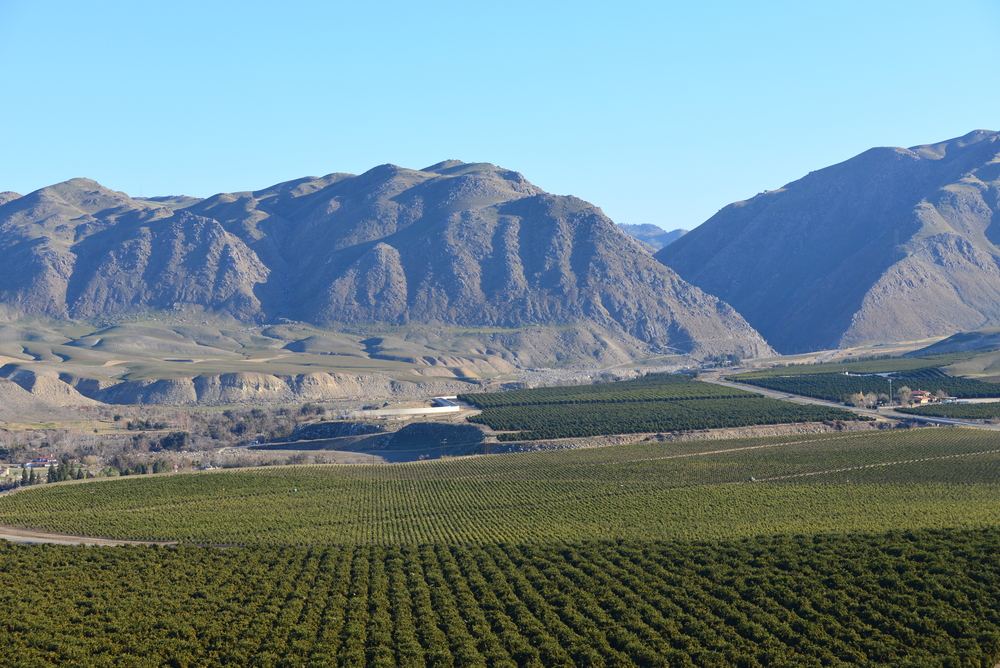
The recent Citrus Day at the University of California Riverside offered important updates on some of the more pressing matters in the industry. Branch Chief of Pest Detection and Emergency Projects for the California Department of Food and Agriculture (CDFA) Raymond Leclerc provided a general overview of how ACP seems to migrate throughout the state.

“I would say that it moves seasonally out of the area of general infestation south of Tehachapi and when we find it we try to eradicate it. And so, some years it gets out of the south more frequently and in greater quantities, other years its less so,” said Leclerc. “When we go out and find them, we immediately do a survey of trees on the same property and adjacent [properties] and when we find them we do treatment and then we put together a program where we notify everyone within approximately 400 square meters and we treat all host plants in that area.”
Leclerc also highlighted some of CDFA’s efforts to keep the problem localized when ACP is discovered. “We’ve been pretty successful in the Central Valley and every time we find ACP, to eradicate them locally,” Leclerc noted. “In the more coastal valleys we still are having some success although there are some pockets like Santa Barbara and sometimes in the south Bay Area where we haven’t been able to eradicate, but we’ve been able to suppress.”










